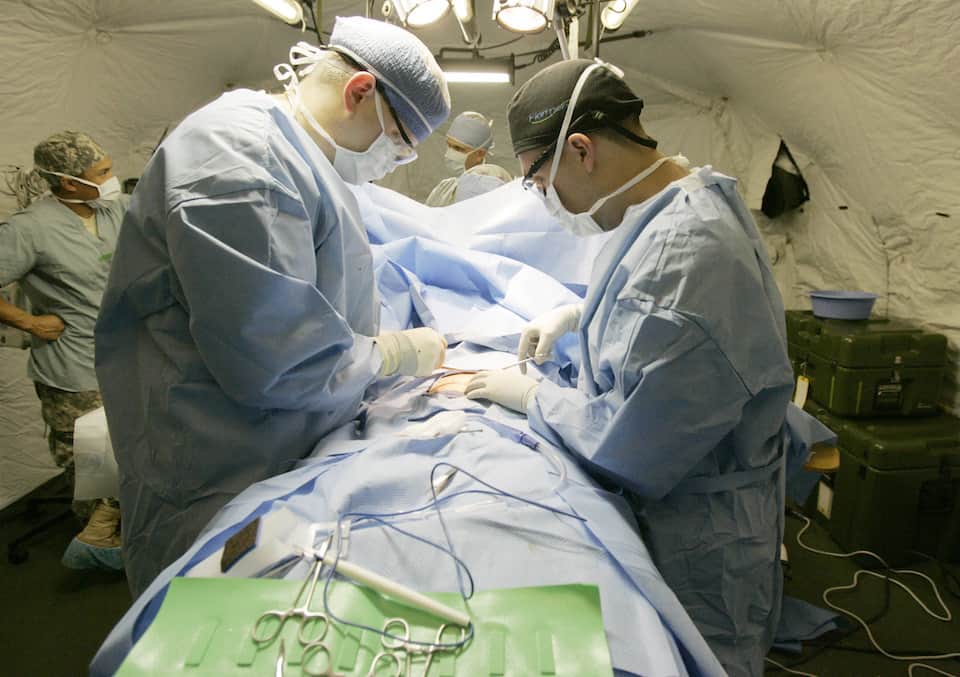For many recipients of organ transplants who have survived their surgeries, the danger is not quite over, according to new research at the University of Toronto.
Solid organ transplant recipients (SOTRs) are three times more likely to die of cancer than their peers in the general population, regardless of age, sex, or transplanted organ says the recent report.
This retrospective study identified 11,061 organ recipient patients with kidney, liver, heart, and lung transplants in Ontario between 1991 and 2010.
According to the study, one-fifth of the mortalities in this population were cancer-related. The results were consistent regardless of transplanted organ, and regardless of age or sex of the patient.“[Patients] are dying sooner after transplantation,” said Dr. Sergio A. Acuna, lead author of the study and PhD student in clinical epidemiology at the University of Toronto. “Cancer is cutting… their life expectancies [short].”
The increased risk in post-transplant patients is reported to be highest for children, and lowest among patients above the age of 60. Cancer is the second-leading cause of death among SOTRs and although cardiovascular disease has always been known as the leading cause of death, little prior research has been done on the burden of cancer in these populations.
Prior to this study, a paper was published on the role of cancer in kidney transplant recipients. A major flaw in that study, noted by Acuna, was that “40 per cent [of] their causes of death were unknown… Our data is more contemporary.”
Additional mortality factors were controlled for in the study conducted by Acuna, including cardiovascular disease, organ rejection, and infections related to immunosuppression, and in doing so the study isolated cancer as the cause of death.
The study confirmed that cancer outcomes for SOTRs are worse than that of their peers in the general population, and researchers are now looking into the causes behind this disparity.
The researchers hypothesize that the increase in cancer risk may be due to the medication required by SOTRs to suppress the immune system in order avoid organ rejection.
Another possibility is simply the difference in treatment options between SOTR patients and non-transplant patients.
“That [difference] is one of the aspects we are going to explore in the future,” said Acuna. “…we are going to compare the differences in the way transplant patients with cancer and non-transplant patients with cancer are managed in terms of chemotherapy, radiotherapy, and surgery.”
As the median age of transplant recipients increases, the incidences of cancer are expected to grow. This is primarily a result of higher post-transplant survival rates, as patients are now living long enough for cancer to be an issue.
“There is not [currently] a specific screening recommendation for transplant recipients. In fact, the only recommendations that exist are extensions [of the recommendations] for the general population.”
A major concern for the researchers is that patients would become more hesitant to receive organ transplants, in light of this research. “In no way are we suggesting that they should not receive the transplant because of the risk of cancer,” Acuna emphasized. But rather, measures must be taken to “ensure that [the organs] are used in the best way, [that is, to] provide these patients with the longest life expectancy that we can give them.”


